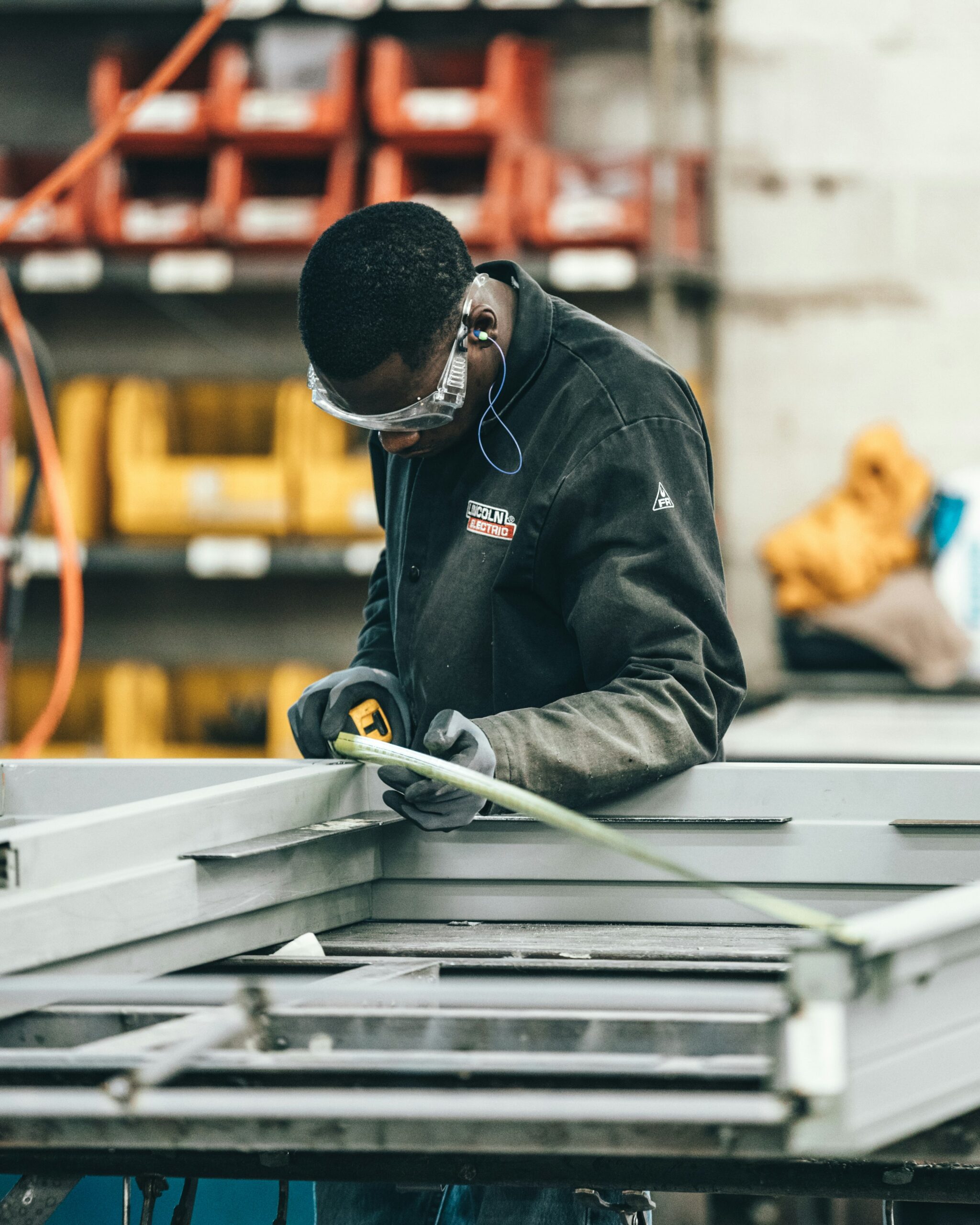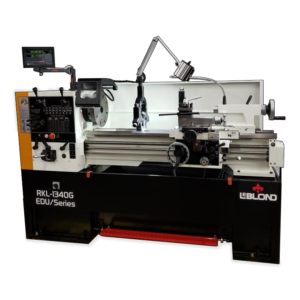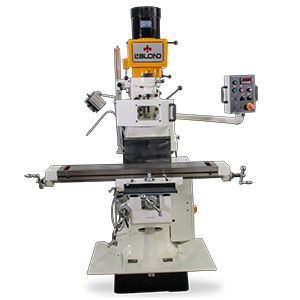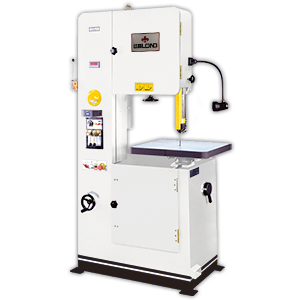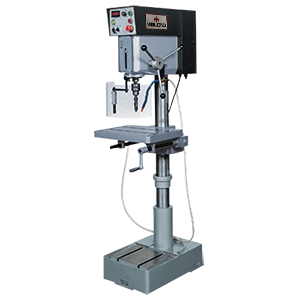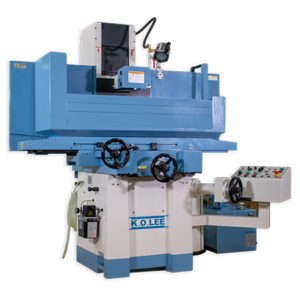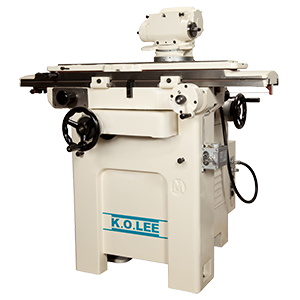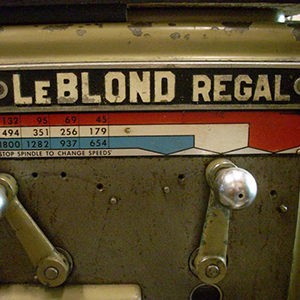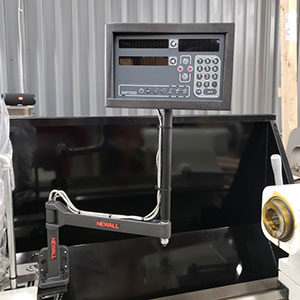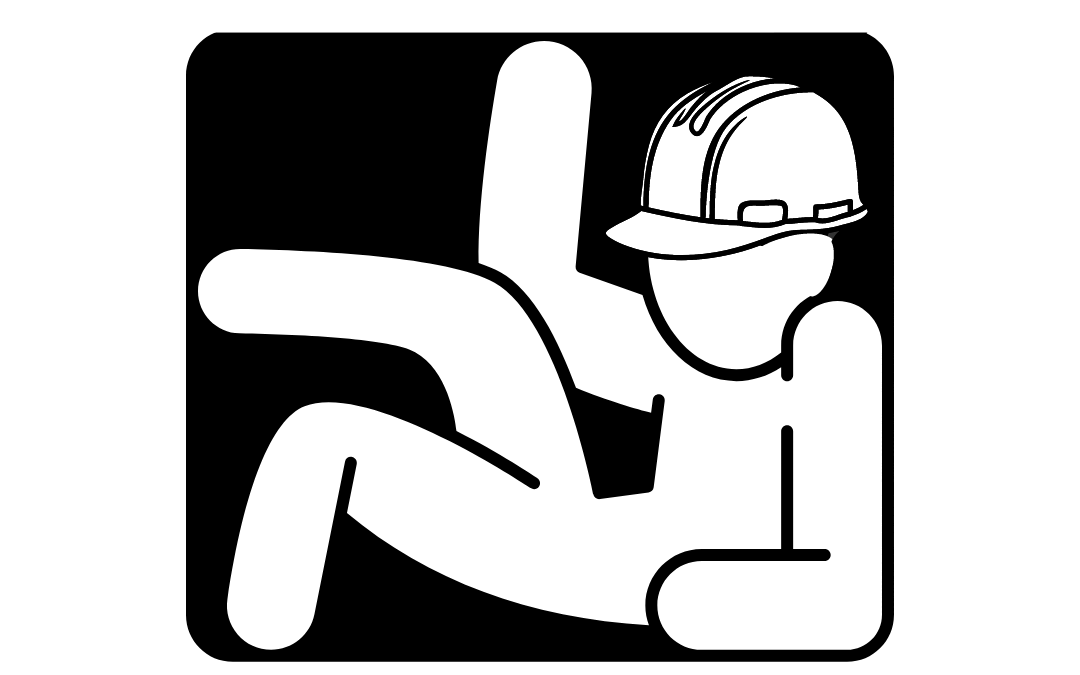Get Creative When Machine Shop Floors Get Cramped
Precautions Machinists Can Take to Avoid Common Machinability and Material Selection Pitfalls
Squeezing into an old pair of jeans that previously fit comfortably but are now too tight for your waistline is similar to a limited workspace some shop machinists experience. At one time, the shop floor accommodated all the machines and parts inventory. However, shop floorspace becomes a premium with new business growth, increased orders, customer inventory storage and additional machines. What’s a machinist to do?
There are several strategies machinists can employ to overcome these shop floor constraints:
- Organization and Efficiency: Maximizing the use of available space through efficient organization is crucial. Streamlining floor space includes implementing lean manufacturing principles, organizing tools and materials effectively, and ensuring that workstations are kept tidy.
- Modular Workstations: Using modular workstations and tooling setups can help optimize space usage. Machinists can configure these setups based on the specific requirements of each job, allowing for flexibility within a limited workspace.
- Vertical Storage: Utilizing vertical storage solutions, such as Kanban shelving units or pegboards, can free up valuable floor space. Machinists can store tools, materials, and workpieces vertically to maximize the use of available area.
- Just-in-Time Inventory: Implementing a just-in-time inventory system keeps necessary inventory on hand. Machinists can minimize storage requirements on premises for part assembly (see the next point).
- Off-Site Storage: If space constraints are severe, machinists may consider utilizing off-site storage facilities for less frequently used tools, materials, or equipment. Parts manufacturers offer suppliers this option to help free up space on the shop floor for essential operations.
- Mobile Equipment: Investing in mobile equipment, such as carts or tool chests, can enable machinists to move tools and materials around the shop more easily to help optimize workspace usage.
- Multi-Functional Equipment: Choosing multi-functional equipment and tools can help save space in a machine shop. For example, investing in a CNC machine that can perform multiple operations or using multi-axis machining centers can help reduce the need for additional machinery.
- Regular Maintenance and Cleaning: It has been said, “A clean desk is a sign of a cluttered mind.” However, maintaining a clean and organized workspace is essential for maximizing efficiency in a machine shop. Regularly cleaning machines, workstations, and storage areas can help prevent clutter from accumulating and optimize available space. Plus, clean workstations reduce the risk of injuries or errors.
Growing pains present themselves in many ways for a manufacturer. Limited shop floor space is a good problem to have. Once faced with cramped spaces, there are multiple opportunities to get creative with floor space. The above options may be necessary if moving to a larger facility is not in the forecast.

